
To the place where "good design" was created
Good design, excellent design, design that opens up the future, ideas that move people's hearts, and actions that lead society always have small beginnings.
Interviews with designers at the birthplaces of good design to find hints for the next design.
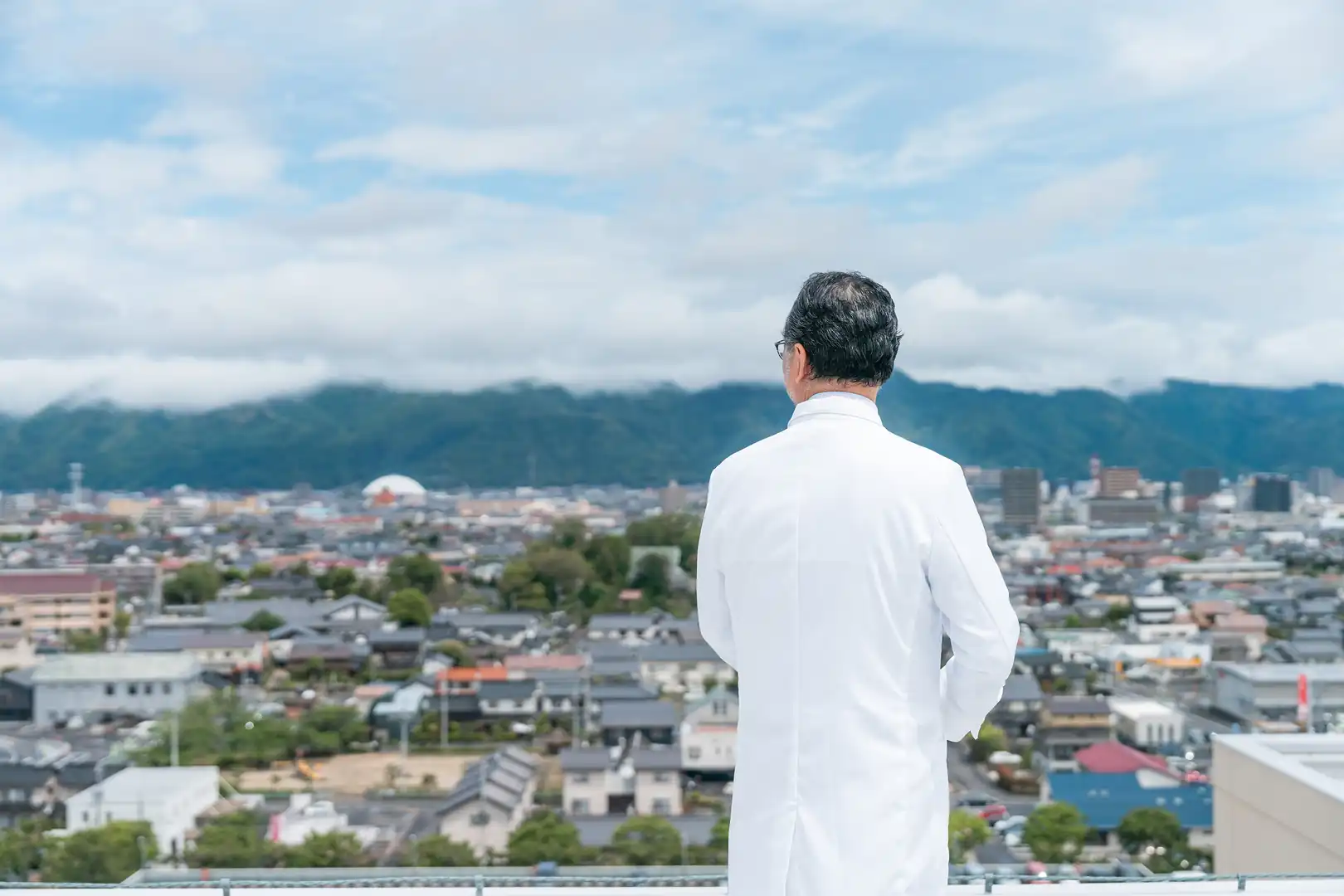
Destination
Shimane General Medicine Center
Changing society through networks (Part 2)
2023.07.07
This time, we visited Shimane General Medicine Center, a winner of the 2022 GOOD DESIGN GOLD AWARD. “NEURAL GP network,” a project to train GPs (general practitioners) conducted by this center, is a virtual office that connects doctors working in rural areas such as mountainous regions or remote islands and universities in order to provide mutual support and research in comprehensive medical care. The center is working hard to change the future from Shimane by providing local residents with reliable medical care. Yoshihiko Shiraishi, the director of the center, told its story. (Part 1)
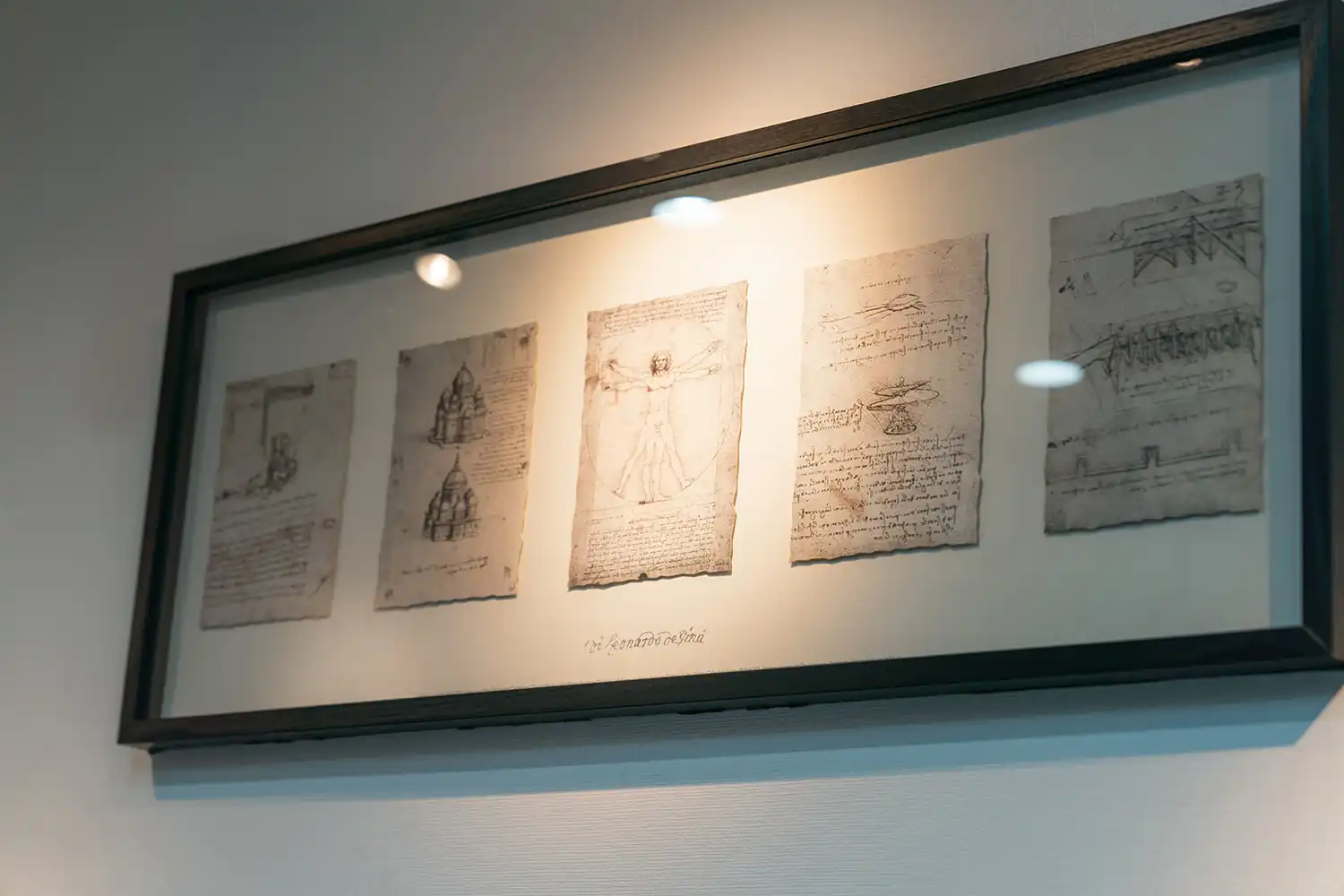
Keep questioning what our mission is
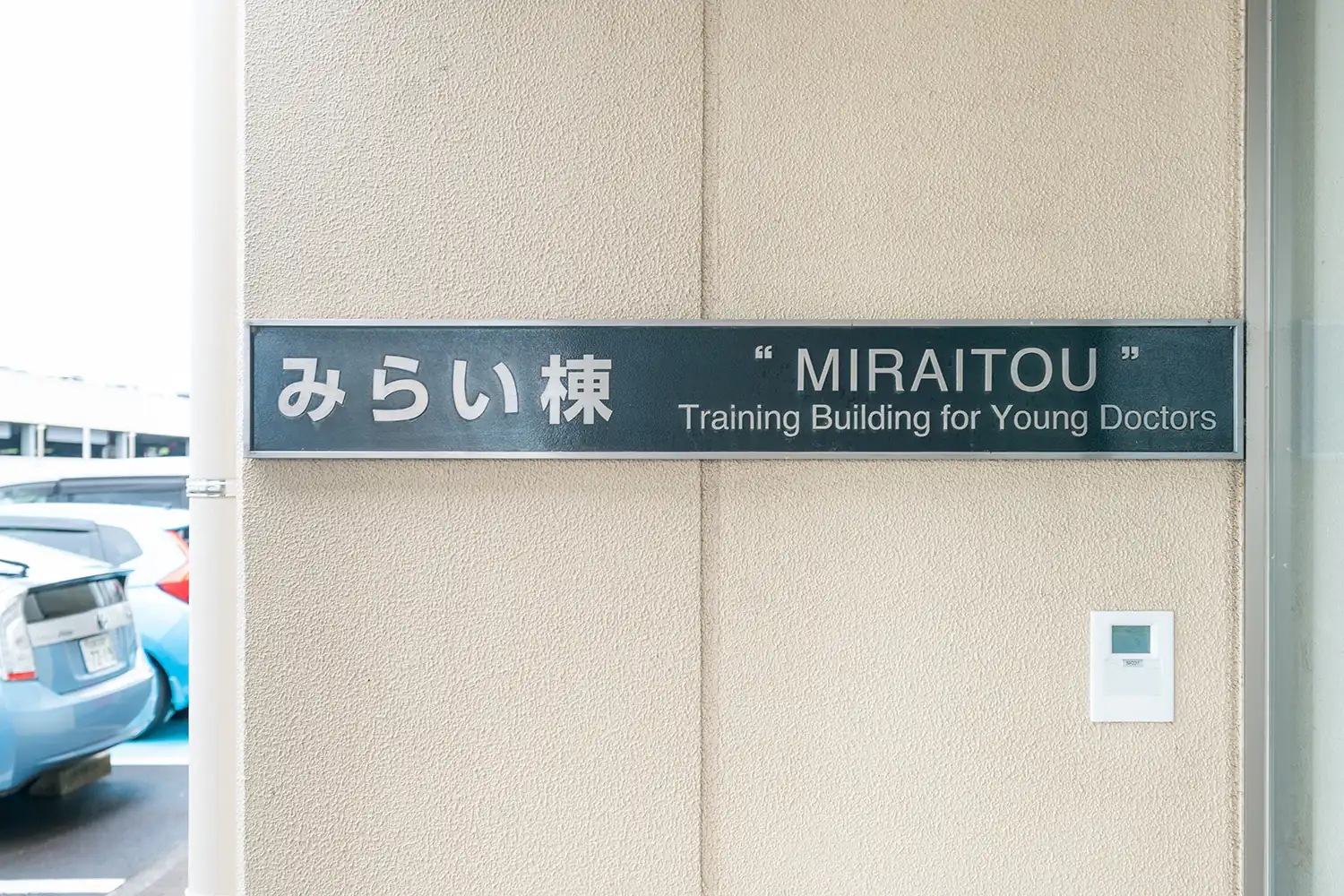
- “NEURAL GP network” is a virtual office that connects GPs (general practitioners) working in Shimane Prefecture. You set up the network within a short period of time and launched many projects. How did you build it up?
Yoshihiko Shiraishi It was November 2020 when I heard that the Ministry of Health, Labour and Welfare was planning to open general medicine centers across the country and Shimane University was counted as a candidate. Then, with Dr. Takashi Watari, who is the current vice director of Shimane General Medicine Center, to train GPs, I started a project to train GPs with the aim of launching a virtual office.
This is because I considered that the cooperation of doctors is essential to train GPs. Shimane extends 230 km from east to west and has several remote islands. It is difficult to physically bring all doctors together, but with a virtual office, we can connect doctors who work far apart from each other. Backed by the rapid growth of online tools such as Zoom and Slack propelled by the COVID-19 pandemic, we managed to set up a base website within a half year.
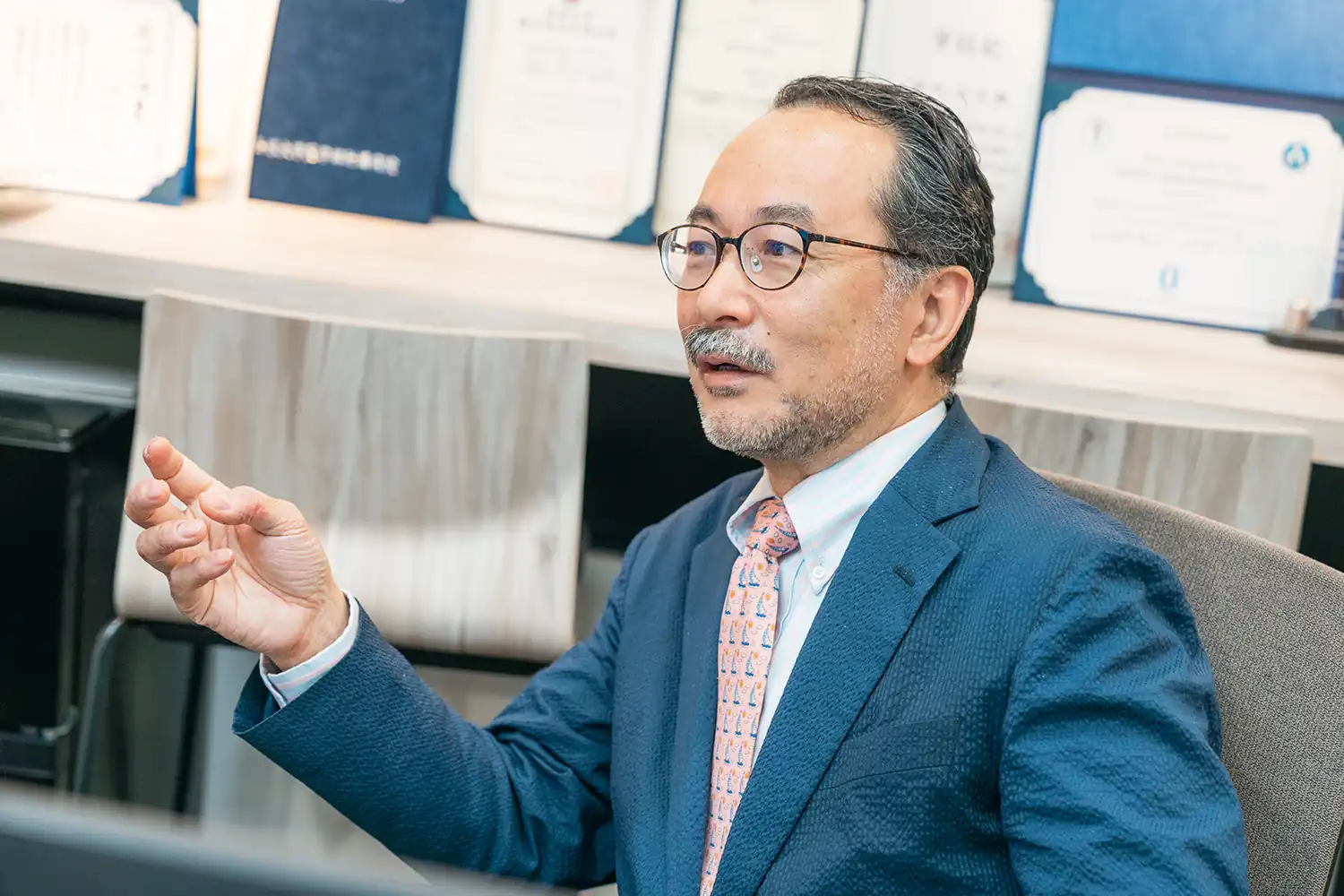
Shiraishi First of all, I had an online brainstorming session with Dr. Watari and clarified our mission as “to cultivate skillful GPs and provide sustainable medical care to all people including residents of remote islands so that they can live with peace of mind.” After that, we approached GPs in Shimane Prefecture and increased the number of members.
We use Slack to exchange opinions, and the person who comes up with the idea takes on the role of a project leader. Both doctors and students participate. In addition, the website is run by all the participating members, not by just one person. There are no hierarchical relationships nor barriers between hospitals.
My role is to constantly examine every project and judge whether its activities would aid in increasing the number of GPs. I review the outcomes of activities and determine whether they match our mission. At the same time, I analyze by whom and how frequently information is delivered, and if the progress becomes stagnant, I launch a project to discuss it.
When I can’t decide what to do, I go back to the basics, our mission. In this way, I could accomplish the majority of the projects we originally planned within 2 years. We have more than 90 active users at the moment, making more than 100 communications every day. Out of these communications, we made 155 videos regarding general practice. These free videos are open to the public.
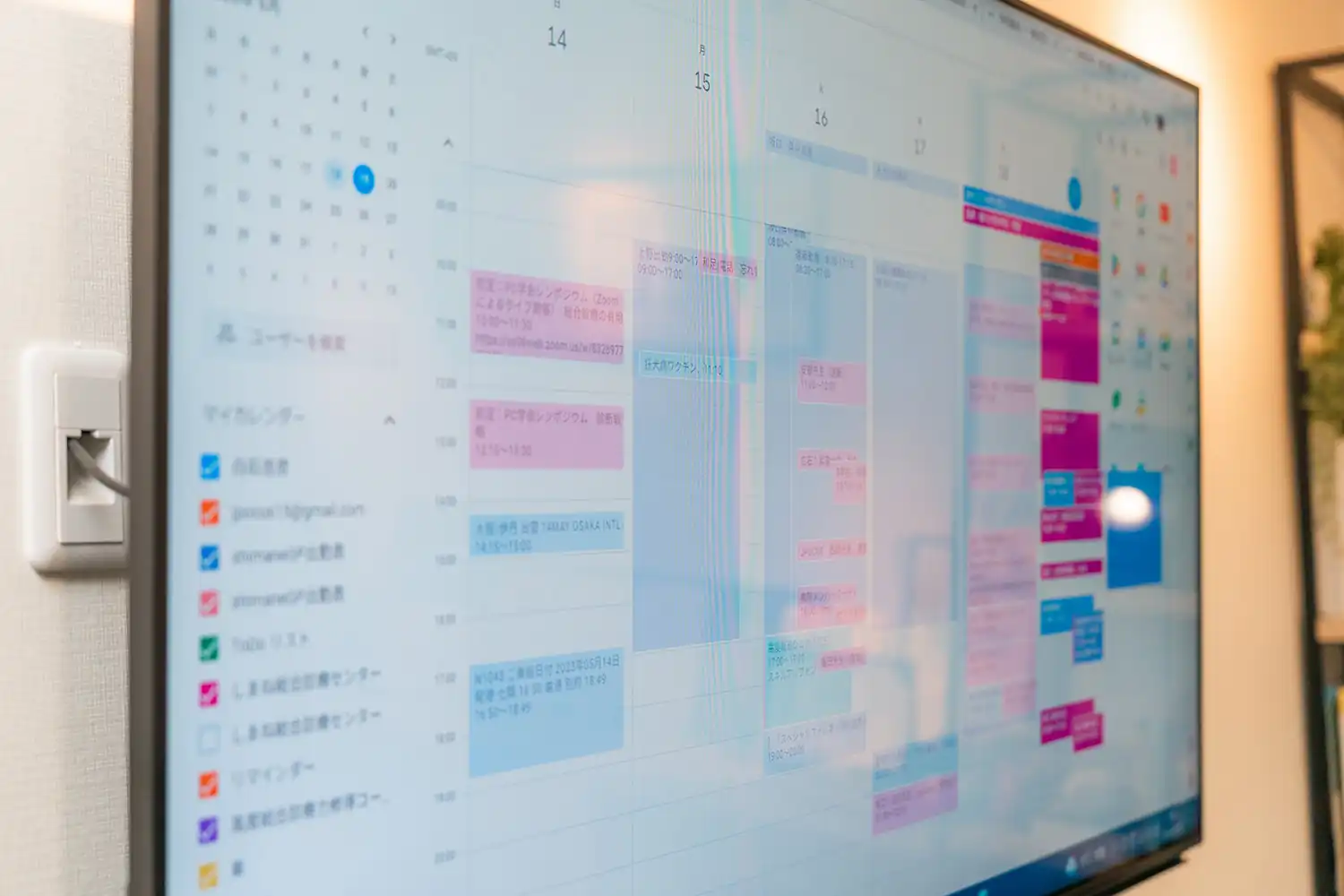
Videos covering the latest evidence
- The most important aspect is that Mr. Shiraishi is always looking at the entire situation with the mission in mind. By detecting every little stagnancy and correcting it as needed, members can keep on running their activities without concern. I found that this is the key to keep a network active. How do you produce videos?
Shiraishi We outsource jobs such as editing and copyright checking, but other than that, our project team determines the contents and makes the videos.
The videos are classified into Basic, Advanced, Management, and Other. Basic consists of 80 videos of 40 symptoms that are the basics for students. Advanced covers more specialized topics for GPs.
There is this online support tool for clinical practice called “UpToDate,” which consolidates treatment methods by clinicians around the world. This tool is a compilation of the most recent evidence, and is thus called a “textbook for clinicians.” Doctors have complete trust in this site to the extent that topics not covered here are considered to be still unknown. We collaborate with this organization and show links to the “UpToDate” contents we used for our videos on our website.
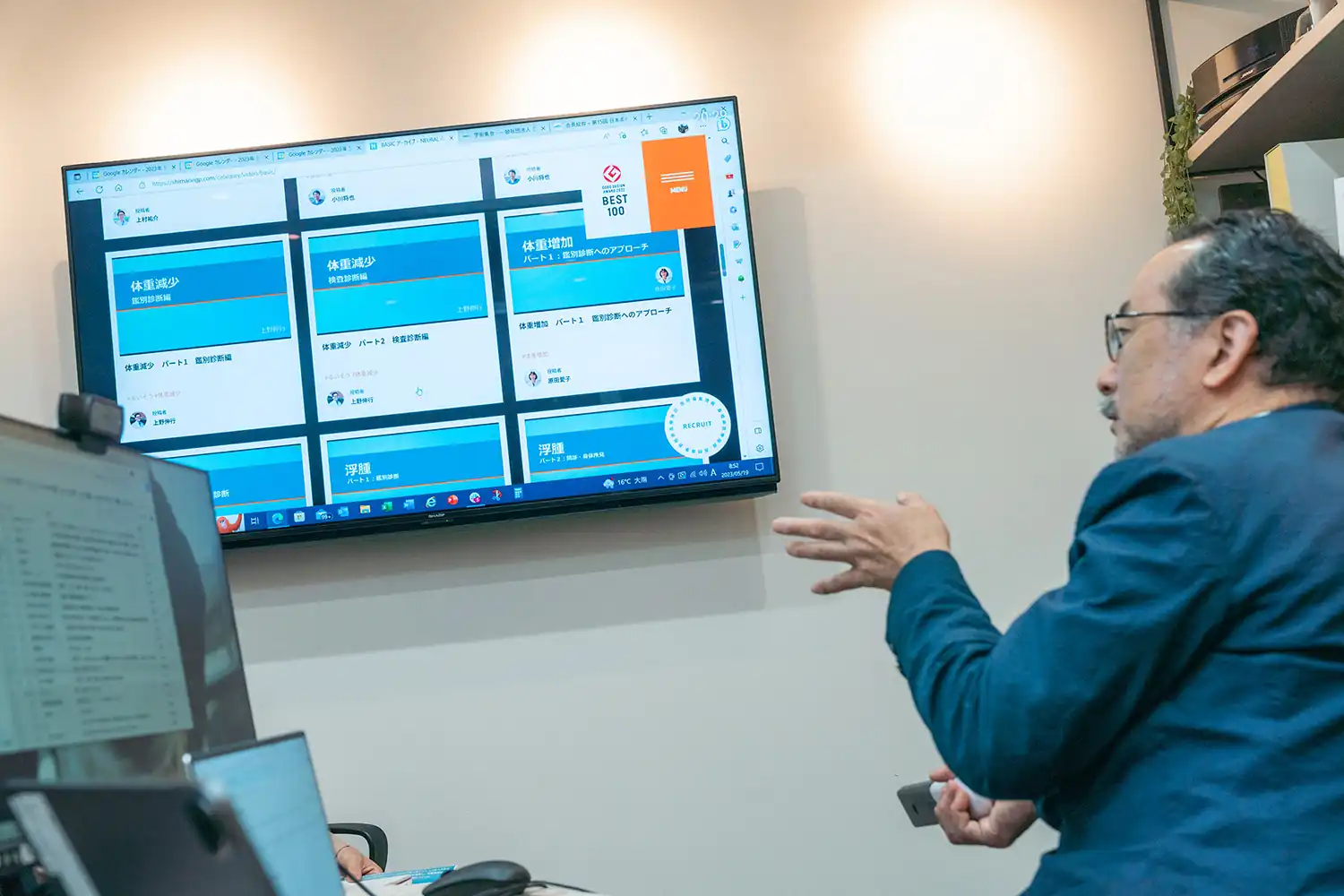
- Basic is not only for medical students of Shimane University, but also all medical students who study general practice.
Shiraishi Yes. Anyone can access it. I always tell Shimane University students “Watch whatever interests you for just 5 minutes.” Students can get a certain level of knowledge by watching these Basic videos.
Moreover, we collaborated with a medical journal and made a workbook for students to confirm their understanding of the content of the videos. This workbook has short explanations and more detailed comments are available on our website.
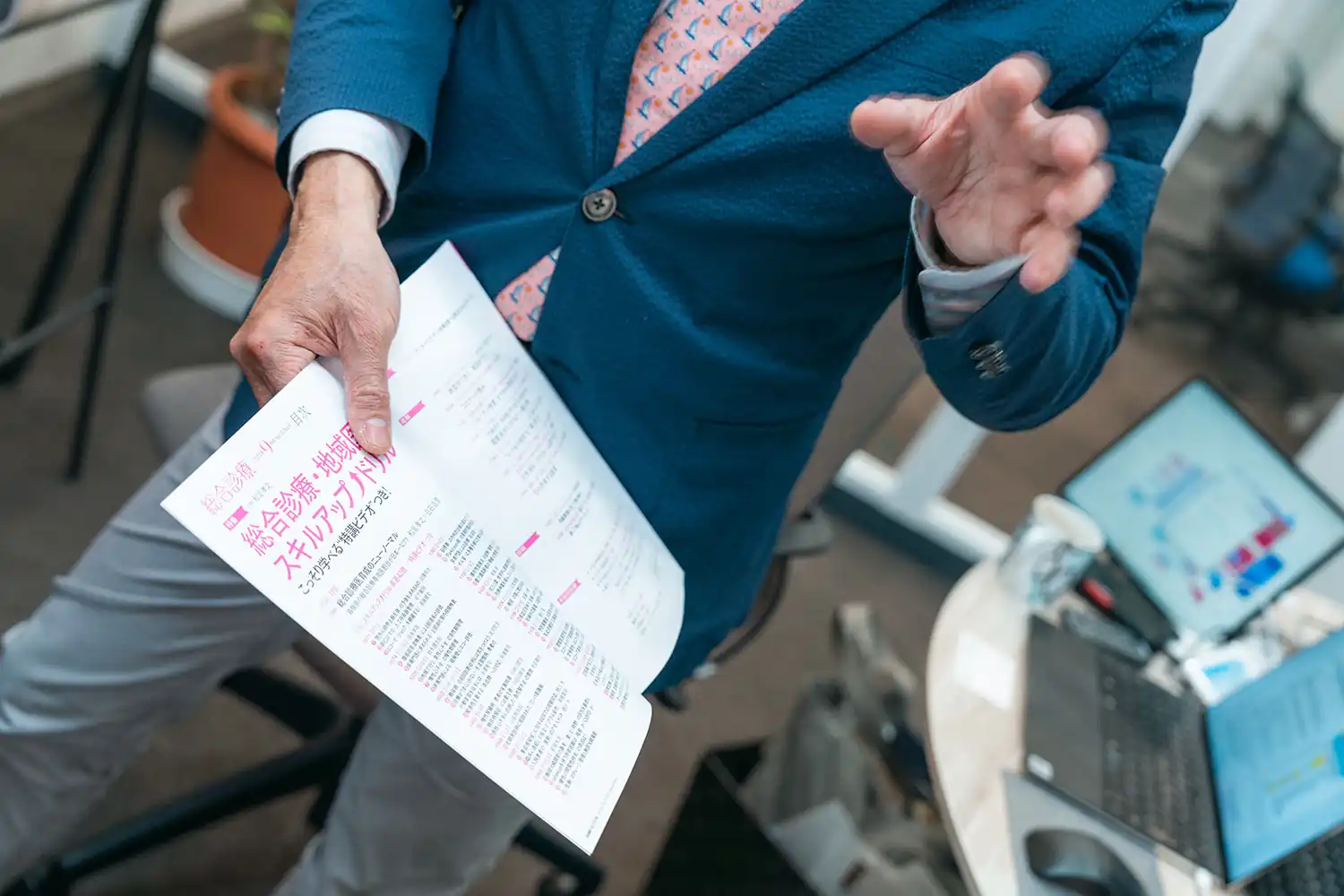
We can create time
Shiraishi The reason we made these videos is that, in education settings, we need to repeat the same things over and over again. Every year, university medical schools have repeated the same lectures using the same slides. But this video program lets people study whenever they want to learn on their own accord. Moreover, it contains the latest evidence from “UpToDate.”
University hospital doctors are pressed for time every day with clinical patient care, student mentoring, and research and writing reports. What I wanted to do is minimizing repetition of the same practice in our busy lives while maintaining the quality of education. As time is limited, some things need to be left out. If we can eliminate repetition, doctors can make themselves available. Then, they can take the next steps.
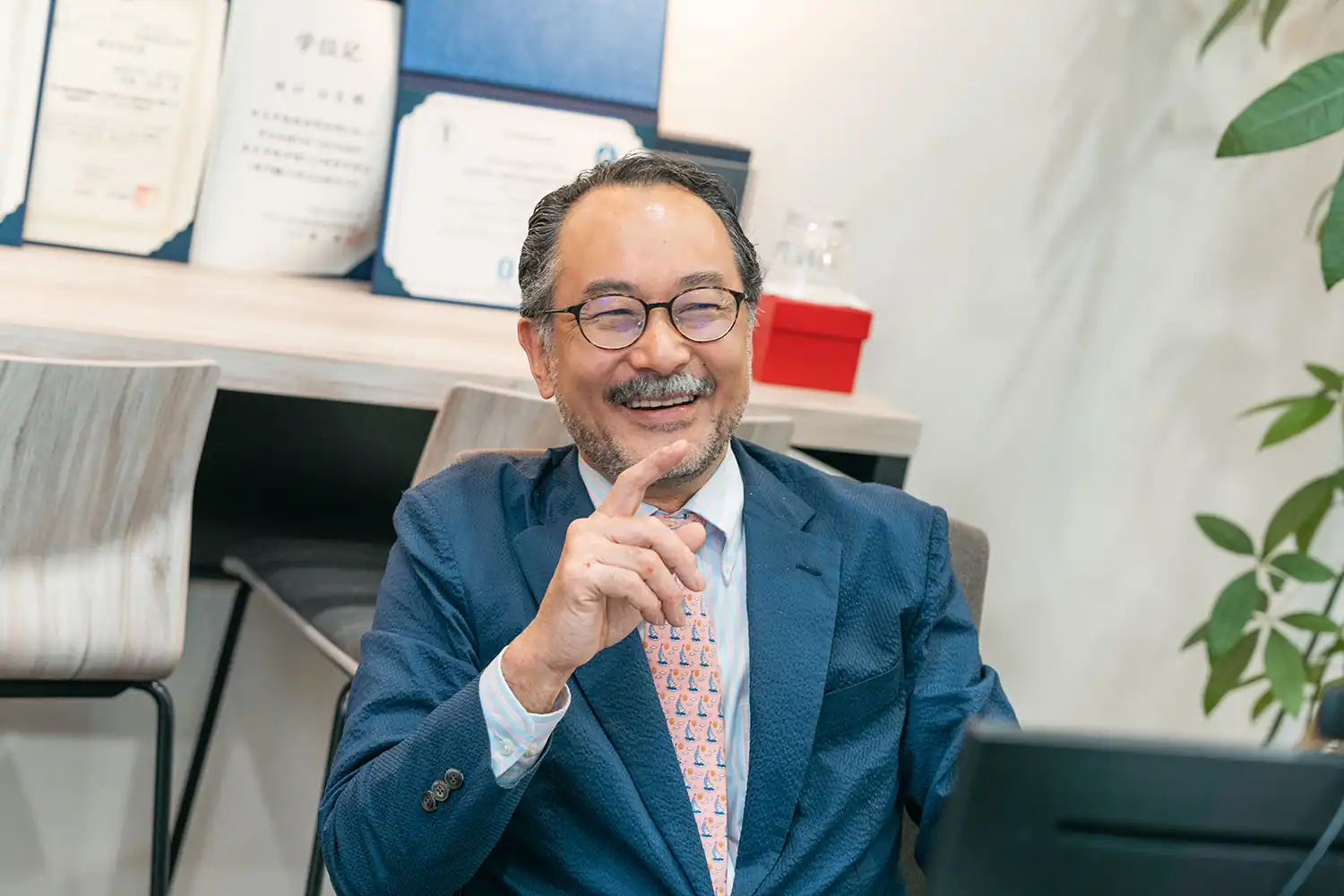
- The purpose of these videos is to create time for doctors. I was surprised. Do they also match the curriculum?
Shiraishi Japanese universities have been focusing on classroom study so far and hardly had classes that offer clinical experience. However, in the United States, you can’t be qualified as a doctor without experiencing hands-on practice. Japan also changed the curriculum by the impact of this and the duration of regional training has been increased from 2 weeks to 4 weeks. The fact that doctors were having to make more time is also in the background of making these videos.
- What was the purpose of your application for the GOOD DESIGN AWARD?
Shiraishi I wanted to let patients know what GPs are and change their mindsets. It is a patient who chooses a doctor, and medical care and nursing care cannot be experienced twice. It has been changing over the past few years, but I can hardly say GPs are recognized well enough by people. However, we have to ensure that people in Shimane say that they are glad they chose a GP as their primary medical care provider.
For example, we sometimes see patients who come to the hospital with an injured finger with a fishing hook stuck on it. If you visit a surgeon just because you got a slightly injury, you may end up perplexing the doctor. An injury like this can be treated by the string yank technique, which is attaching a fishing line to the fishing hook and yanking the line to remove the hook while applying pressure on the shank (the straight part of a fishing hook).
This method is on the website of the academic journal American Family Physician and anyone can search and view it to treat. In addition to such searching skills, GPs also need to do things like injecting a small amount of local anesthetic to the wound made by the hook so that the patient doesn’t feel any pain.
In fact, if you can use 20 of the techniques GPs need to learn, you would be able to treat 89.6% of the patients who visit surgeons, and if you can use 40 techniques, you would be able to treat 98% of the patients. But in reality, most patients visit a surgical clinic instead of a GP.

Go out into the world to evolve
- Have you had any reactions or responses after receiving the GOOD DESIGN AWARD?
Shiraishi When I made the application, I never imagined that we would receive an award, but after we received it, I was surprised to see how widely the GOOD DESIGN AWARD is recognized by the public. The effect was much greater than I expected. I put up the award plaque at the entrance of the hospital and I have seen many people stopping to look at it.
Shimane boasts one of the highest numbers of GPs in Japan, with a ratio of GP to population four times the national average. This is because Shimane was one of the first prefectures to train GPs because of its rapidly aging population. However, many people are still unaware of the existence of Shimane General Medicine Center and the system for cultivating GPs in Shimane.
- So, the GOOD DESIGN AWARD worked very well to promote awareness among the general public.
Shiraishi Living in a regional area, I have been keenly aware of the social imbalance caused by overconcentration in Tokyo. In fact, many people around me work hard in regional areas to reform society. Since receiving this award, I have become closer to these people.
In regional areas, there is an extreme scarcity of not only doctors, but also lawyers. There are people who volunteer to help the vulnerable. I encourage these groups engaging in such voluntary activities to apply for the GOOD DESIGN AWARD because their great work deserves receiving an award. I have advised a few groups to apply for the award in the past year. I urge them to “Go out into the world to evolve.”
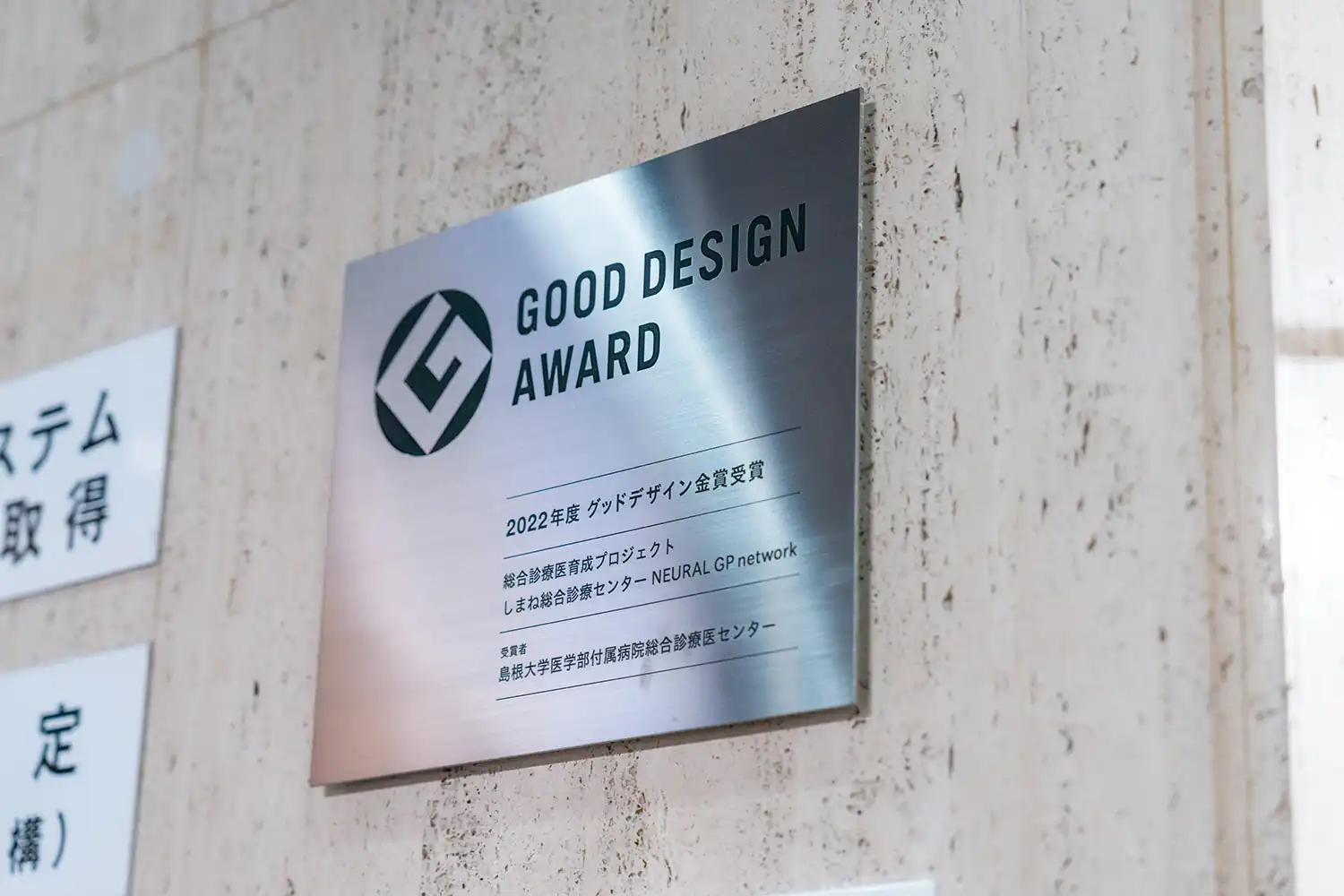
- So, there are many others who are shining in regional areas.
Shiraishi While addressing local residents’ daily issues for society’s sake, we enjoy fulfilling lives at the same time. I grow crops, keep silky chickens, and eat homemade honey. Keeping bees improves the fruition of plants. Also, I enjoy going out to the sea, which is a unique lifestyle here.
Students who study general practice in Shimane have realized how wonderful life in this community is and have started telling the next generation about it. Our network has started moving and spreading from one person to a hundred others. I believe that as regional areas change, so will Japan.
But we are still at the startup stage, so I want to activate it more. We have set a key word for this year as “2023 Shimane GP one step forward!” Things you thought OK as they were in the past, let’s push them one step forward. People often hesitate, but I want them to be courageous and take another step forward.
In July this year, I held the 15th Annual Meeting of the Japan Society of Point-of-Care Ultrasound in Shimane. The theme was “Master quick ultrasound on outpatients.” Ultrasound is a very informative tool, and therefore it will be an essential technology in general practice in the future. This was the first time for me to hold an academic meeting outside of Tokyo and had difficulty, but it was a challenge to take a step forward. I want to continue to convey the appeal of being a GP in this way.
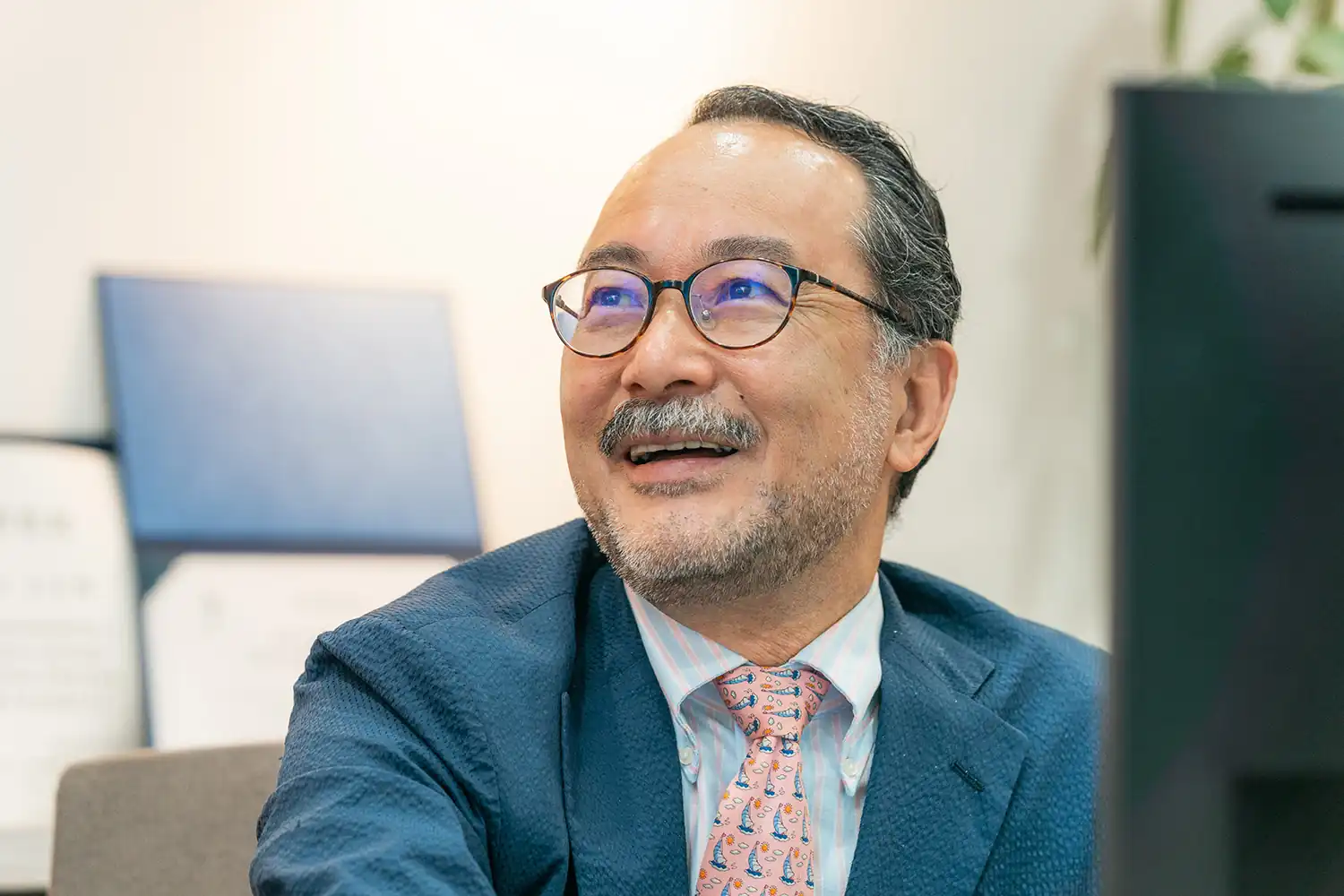
NEURAL GP network
Shimane General Medicine Center
“Shimane General Medicine Center (alias)” was opened within the Faculty of Medicine, Shimane University at the end of FY2020 under a project to train GPs by the Ministry of Health, Labour and Welfare. It is a virtual office network for training GPs without hierarchy or boundaries between organizations that was launched by the center in order to establish “a neural general practice network that keeps evolving sustainably, not limited to community or university.” https://shimanegp.com
- Award details
- 2022 GOOD DESIGN GOLD AWARD “Shimane General Medicine Center NEURAL GP network” https://www.g-mark.org/en/gallery/winners/12099
- Producer
- Yoshihiko Shiraishi, Shimane General Medicine Center
- Director
- Takashi Watari, Shimane General Medicine Center
- Designer
- Junji Oishi, Ayako Sugimoto, Akane Shiba, MASUDA KOHBOH Inc.
Tomoko Ishiguro
Editor/writer
After working in the editorial department of “AXIS,” she became a freelancer. She writes, edits, and plans, with a focus on design and life culture. Her major editorial works include LIXIL BOOKLET series (book, LIXIL Publishing) and “Oishisa no Kagaku” (magazine, NTS Publishing).
Teppei Sasaki
Photographer
After university, he worked in a design office and became a freelance designer. At the same time, he relearned photography, which had been his hobby, and began working as a photographer. Based in Matsue City, Shimane, he now has much experience in photo shooting with local governments and private organizations.


